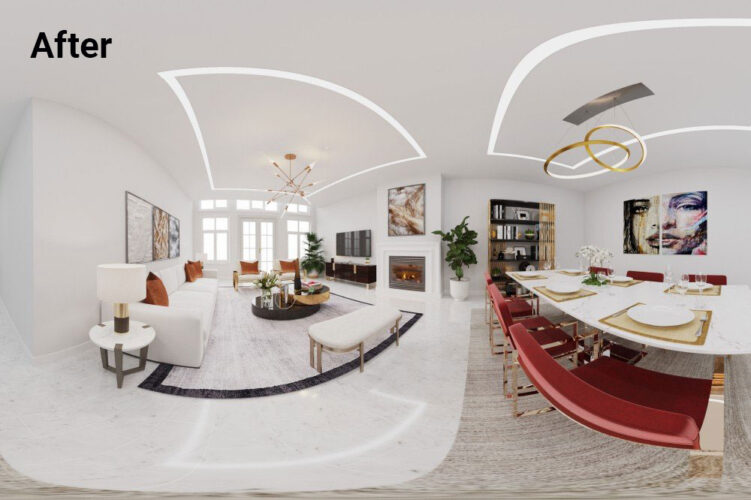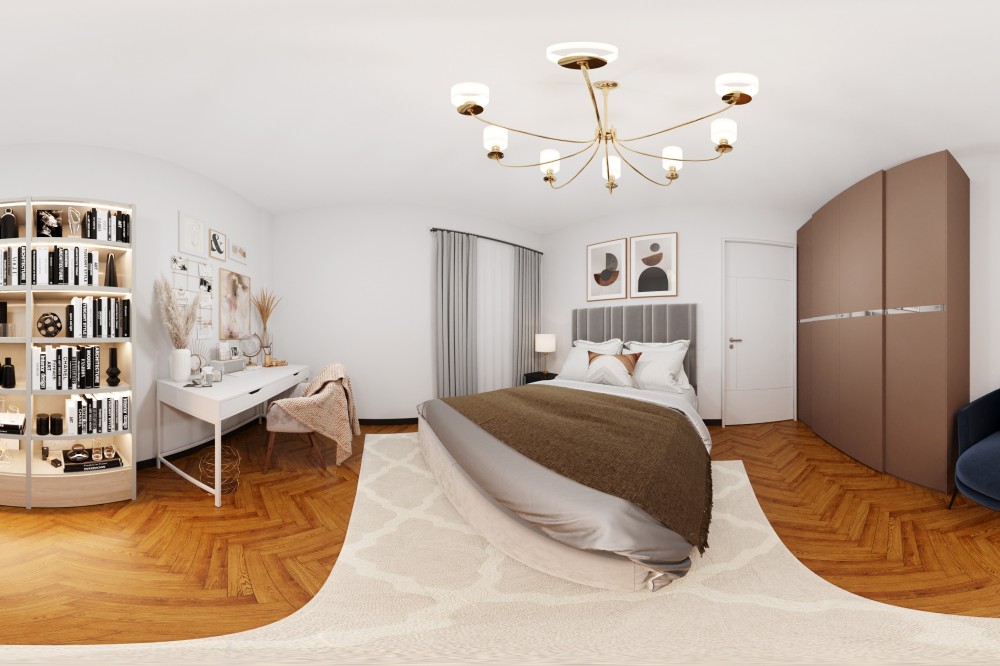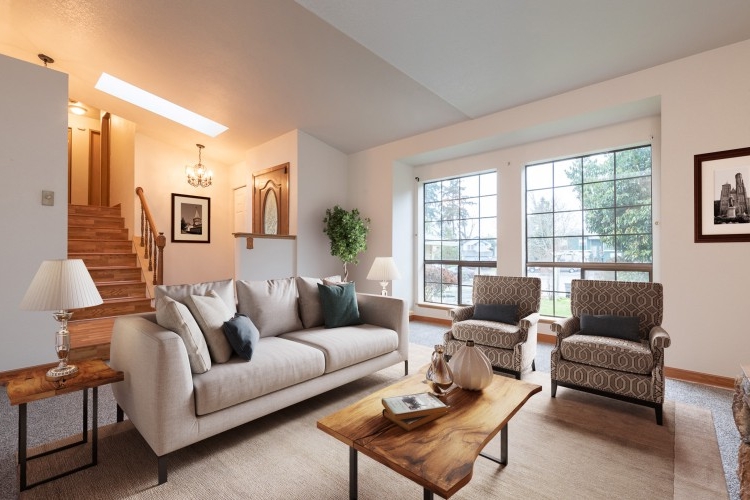Whether you’re a first-time photographer or an experienced pro, there’s always something new to learn when it comes time for real estate photography. Camera settings are key in capturing beautiful homes that will sell quickly and inspire buyers action – but what does each setting mean? Let us break down the most important ones so your photos look as good on paper (or camera screen) as they sound!
What do you need for take a professional real estate photo
- DSLR full-frame or cropped sensor camera
- Sturdy tripod- Set at eye height.
- Wide-angle lens with full-frame body (16-17mm lens) or cropped sensor body (12-15mm lens)
- External flash
Three important factors for a professional real estate photo
- Lighting: When it comes to real estate photos, the more natural light there is and less clutter in shot – especially with warm colors like orange or yellow that will make your property look inviting.
- Angel: The photo should be taken with a wide lens at an angle where every little detail is visible.
- Details: The real estate photo should capture the details of a house.
Best Camera Settings For Real Estate Photo
Save Photo in RAW instead of in JPEG.
Using raw mode gives you more control over how your photos turn out. You can adjust exposure, highlights and shadows as well as white balance all in camera which means no post-production work required! If getting it right on first try isn’t possible then save yourself some trouble by shooting JPEGs instead
Setting the aperture, shutter speed, and ISO in case of good lighting room
- Aperture – f/8
- Exposure Mode – Aperture Priority
- Shutter Speed – Determined by Camera
- ISO – 400
- Metering Mode – Matrix
- Focus Mode – Single-Shot Autofocus
Don’t worry if you find the image too dark with these settings, make it brighter by going from an f/8 shot to a more open-aperture like this one at 7.1 instead! Or boost up on your ISO and go from 400 to 800
If you’re having trouble with your image being too bright or adjusting exposure properly then try narrowing the aperture to f/11 and reducing to ISO 200.
Setting the aperture, shutter speed, and ISO in case of dark room
In this case, you should keep the settings and change only the metering mode
- Aperture – f/8
- Exposure Mode – Aperture Priority
- Shutter Speed – Determined by Camera
- ISO – 400
- Metering Mode – Spot
- Focus Mode – Single-Shot Autofocus
Other tips to get a professional real estate photo
Time to Shoot
In general, the perfect backdrop for a indoor photo is a sunny day! Not only does ample sunshine give an honest glow-in-the dark effect on walls but also provides great ambiance when captured at just right angles by cameras lens: homes looking their absolute best (and selling faster). It is important to avoid shooting on rainy, cloudy or overcast days because of their effect on color balance and lighting.
The best time to take pictures outdoors is at dusk. This lighting condition produces soft and beautiful features in your portraits, which makes them perfect!
Perfect Composition
When it comes to real estate photos, composition is one of the most important keys. The right composition can make a house look warm and inviting, while the wrong composition can make it look cold and uninviting. Here are some tips for creating the perfect composition for a real estate photo:
- Choose the right perspective: Perspective is key in real estate photography. You want to choose a perspective that will show off the best features of the property. For example, if you’re photographing a large home, you might want to choose a bird’s eye perspective to show off the size and grandeur of the property. Alternatively, if you’re photographing a cozy cottage, you might want to choose a ground-level perspective to show off its quaintness.
- Use leading lines: Leading lines are an essential element of good composition. They help to lead the viewer’s eye through the photograph and towards the subject of the photograph. In real estate photography, leading lines can be used to direct the viewer’s attention towards specific features of the property, such as the front door or a stunning view.
- Include negative space: Negative space is an important part of composition because it helps to create balance and visual interest.



